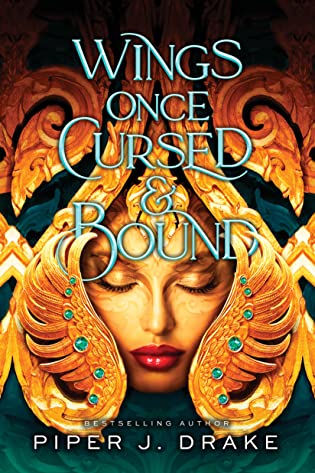 Wings Once Cursed and Bound (Mythwoven, #1) by Piper J. Drake
Wings Once Cursed and Bound (Mythwoven, #1) by Piper J. Drake Format: eARC
Source: supplied by publisher via Edelweiss
Formats available: paperback, ebook, audiobook
Genres: epic fantasy, fantasy, fantasy romance, urban fantasy
Series: Mythwoven #1
Pages: 304
Published by Sourcebooks Casablanca on April 11, 2023
Purchasing Info: Author's Website, Publisher's Website, Amazon, Barnes & Noble, Kobo, Bookshop.org, Better World Books
Goodreads
For fans of Sarah J. Maas and Jennifer Armentrout comes a bold and captivating fantasy by bestselling author Piper J. Drake.
My wings unbound, I am the Thai bird princessThe kinnareeAnd no matter the cost,I will be free.
Bennet Andrews represents a secret organization of supernatural beings dedicated to locating and acquiring mythical objects, tucking them safely away where they cannot harm the human race. When he meets Peeraphan Rahttana, it's too late—she has already stepped into The Red Shoes, trapped by their curse to dance to her death.
But Bennet isn't the only supernatural looking for deadly artifacts. And when the shoes don't seem to harm Peeraphan, he realizes that he'll have to save her from the likes of creatures she never knew existed. Bennett sweeps Peeraphan into a world of myth and power far beyond anything she ever imagined. There, she finds that magic exists in places she never dreamed—including deep within herself.
My Review:
It’s fitting that Wings Once Cursed & Bound is the first book in the Mythwoven series, as it weaves beings and artifacts from myth and legend into a captivating story that mixes urban fantasy and found family with legends from around the world into a series that draws on familiar tropes and traditions while introducing plenty that is fresh and new.
This story opens when a vampire chases down an artifact from one of Hans Christian Andersen’s fairy tales and finds himself falling in love with a being out of Thai mythology. (It’s a rare urban fantasy world when a vampire is the most mundane creature around.)
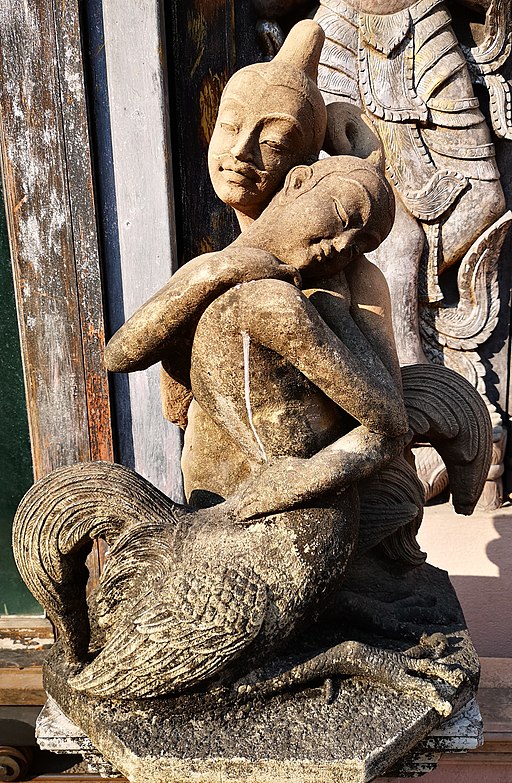
The red shoes are designed to seduce humans into putting them on – at which point the shoes are wearing the human until that human is worn to death dancing at the shoes’ command. But Peeraphan Rahttana is more than just human. She’s a kinnaree, a Thai bird princess. She feels the compulsion, but once she becomes conscious of it she can resist.
Not forever, but perhaps for long enough for vampire Bennet Andrews and the secretive Darke Consortium that he represents to find a way to get the damn things off her feet before it’s too late.
Neither the Darke Consortium nor Bennet Andrews himself knew about Peeraphan or her heritage – Bennet was on the track of the shoes. That’s what the Darke Consortium does, they hunt down powerful supernatural, mythical and legendary artifacts and store them safely out of reach. The Consortium reads like a supernatural version of Anna Hackett’s Treasure Hunter Security series or the TV series Warehouse 13.
Bennet Andrews may have found Peeraphan by accident – but those red shoes certainly did not. Someone wanted her dead or at least subdued, someone with unsavory motives and entirely too much money to in finding and even capturing supernatural creatures.
The Darke Consortium wants to put the shoes in a safe place. Peeraphan wants them off her feet before they kill her. Bennet Andrews isn’t quite willing to admit what he wants when it comes to the supernatural but probably not immortal woman with wings.
And someone is out to get them both.
Escape Rating A: This was my second read of Wings Once Cursed & Bound, as I read it several months ago for a Library Journal review and utterly adored it. I chose it in the first place because I loved the author’s science fiction romance back in the day (and it’s being re-released, YAY!), and was hoping this would be every bit as good if in a different genre.
Those hopes were most definitely realized.
What made this so much fun was the way that it was like “Old Skool” urban fantasy, Treasure Hunter Security and Simon R. Green’s Gideon Sable series had a book baby that blended all the familiar aspects of all those books and genres and mixed in fresh elements from classic fairy tales with new-to-me myths and legends with an otherworldly found family and a fantasy romance that eschewed the tried-too-many-times tropes and archetypes.
Bennet Andrews may be a vampire, but he’s not giving off any of that “I’m unworthy of love” vibe. Instead he’s heartbroken and grieving and not sure he can face another loss. That the Darke Consortium is run by a dragon is just too fantastic for words, especially when you acknowledge that the dragon, Bennet the vampire and Peerophan’s “cousin” Thomas the werewolf are the most mundane members of a rather eclectic household and crew.
The creepy villain is very creepy, and Peerophan’s situation gets very desperate, but in the end she rescues herself – which is always my favorite way for the heroine to get out of the jam the book has put her in.
There was just a lot to love in Wings Once Cursed & Bound, both in itself and as the opening of the Mythwoven series. I’m really looking forward to the author’s next forays into this magical version of our world. Her blog indicates that she has a novella series set in this world planned for later in 2023 and I’m highly hopeful for another magical read!

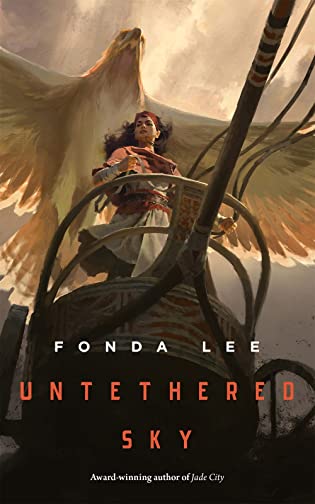 Untethered Sky by
Untethered Sky by 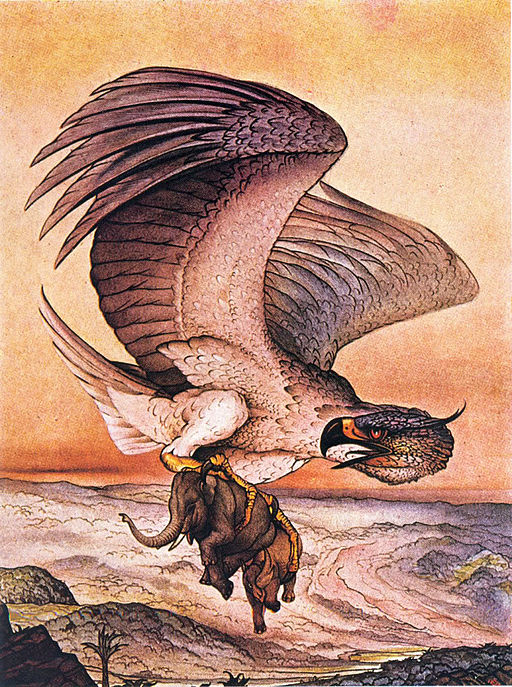
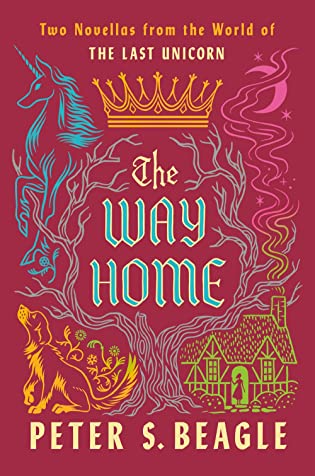 The Way Home: Two Novellas from the World of The Last Unicorn (The Last Unicorn) by
The Way Home: Two Novellas from the World of The Last Unicorn (The Last Unicorn) by 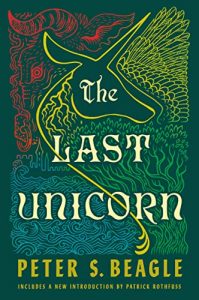 As a story – as opposed to the character – “Sooz” did not work for me. While I was not expecting a happy ending, as this world tends toward bittersweet on the happiness scale, I was expecting this story to feel like it was part of the continuum from
As a story – as opposed to the character – “Sooz” did not work for me. While I was not expecting a happy ending, as this world tends toward bittersweet on the happiness scale, I was expecting this story to feel like it was part of the continuum from 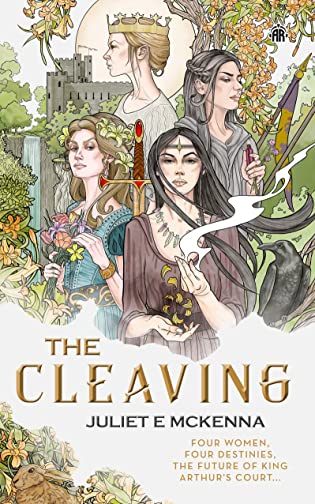 The Cleaving by
The Cleaving by 
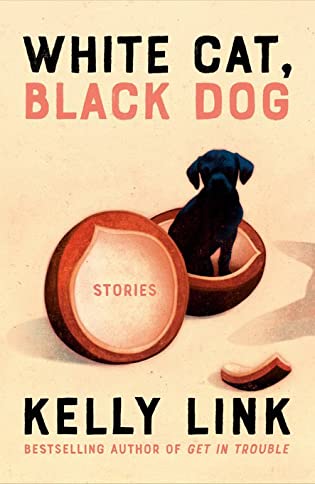 White Cat, Black Dog: Stories by
White Cat, Black Dog: Stories by 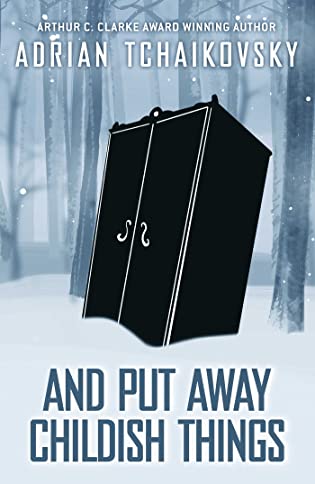 And Put Away Childish Things by
And Put Away Childish Things by 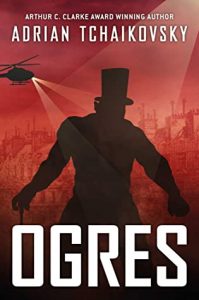 Instead, And Put Away Childish Things mixes the central theme of
Instead, And Put Away Childish Things mixes the central theme of 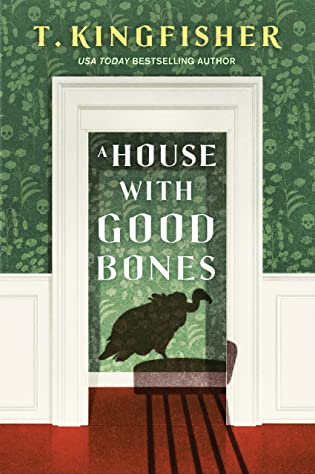 A House with Good Bones by
A House with Good Bones by 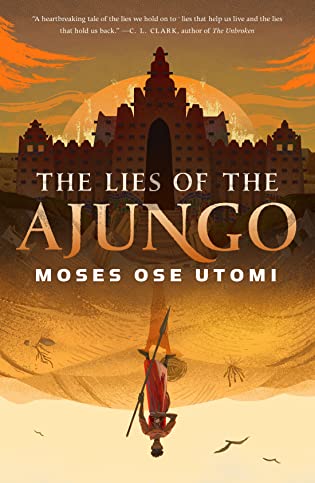 The Lies of the Ajungo (Forever Desert, #1) by
The Lies of the Ajungo (Forever Desert, #1) by 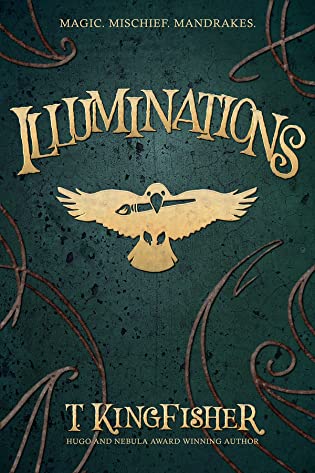 Illuminations by
Illuminations by 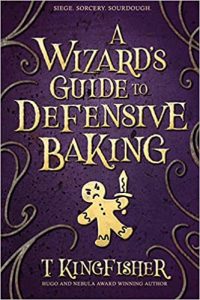 Escape Rating B: I picked up Illuminations because I was hoping for another incredibly awesome book like
Escape Rating B: I picked up Illuminations because I was hoping for another incredibly awesome book like 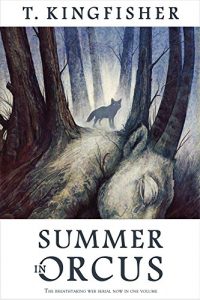 While the recommendations I’ve seen say that if I want more like
While the recommendations I’ve seen say that if I want more like 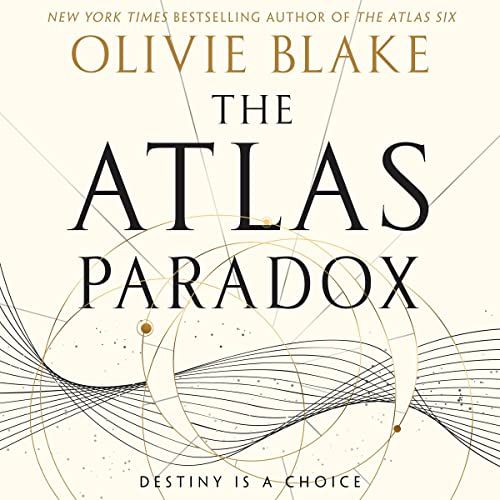 The Atlas Paradox (The Atlas, #2) by
The Atlas Paradox (The Atlas, #2) by  This story of dark academia, utter corruption and potentially the end of the world follows directly after the events of
This story of dark academia, utter corruption and potentially the end of the world follows directly after the events of  The Atlas Six
The Atlas Six